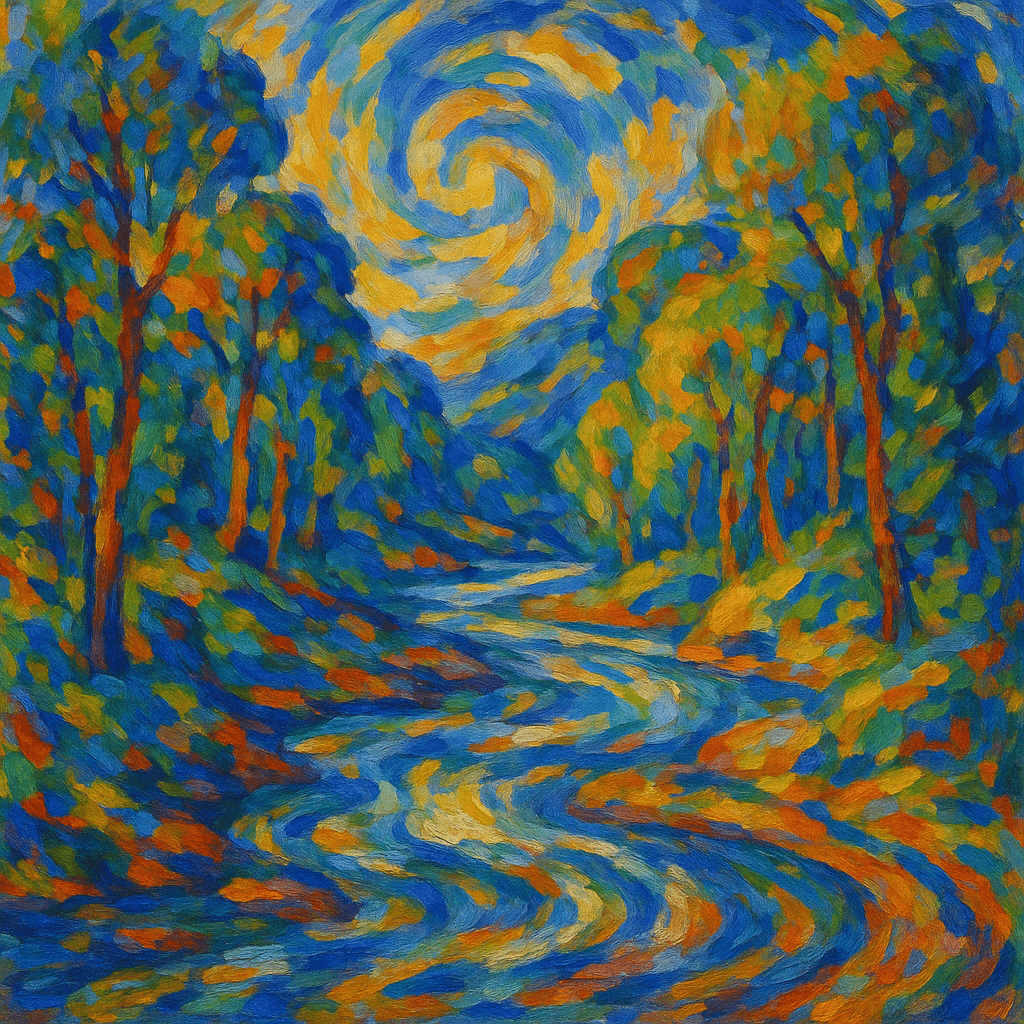Finding Harmony in Life’s Rainbow of Chaos

We live in a rainbow of chaos. — Paul Cézanne
The Artistic Vision of Cézanne
Paul Cézanne’s declaration—'We live in a rainbow of chaos'—captures the essence of his revolutionary approach to art. Renowned for his bold brushwork and vibrant palettes, Cézanne saw the world not as a static, orderly arrangement, but as a dynamic interaction of color and form. In his still lifes and landscapes, such as 'Mont Sainte-Victoire' (c. 1902), the interplay of colors builds a vibrant, almost chaotic atmosphere that nevertheless achieves harmony.
Chaos as a Creative Principle
Moving beyond the realm of painting, Cézanne’s statement alludes to a foundational role for chaos in creativity. Much like the Impressionists who sought to capture fleeting moments, chaos here represents the unpredictable energy from which art—and life itself—emerges. Psychologist Mihaly Csikszentmihalyi’s studies on creativity illustrate how innovators thrive in ambiguous, complex environments, finding beauty in disorder much as Cézanne did on canvas.
Colors as Metaphors for Human Experience
Extending the metaphor, the 'rainbow' in Cézanne’s quote suggests the myriad emotions and experiences that color our lives. Just as a rainbow consists of distinct yet blended hues, human existence encompasses moments of joy, sorrow, excitement, and uncertainty. Literature, from Virginia Woolf’s stream-of-consciousness in 'To the Lighthouse' (1927) to Zadie Smith’s kaleidoscopic narratives, repeatedly invokes color to evoke the richness of lived experience amid life’s unpredictability.
Embracing Disorder for Growth
Rather than fearing chaos, Cézanne proposes an embrace—a recognition that disorder often fuels growth and transformation. The philosopher Friedrich Nietzsche, in 'Thus Spoke Zarathustra' (1883), wrote, 'One must still have chaos in oneself to be able to give birth to a dancing star.' Both Cézanne and Nietzsche invite us to accept uncertainty as a crucible for creativity and personal evolution.
Seeking Harmony Within the Chaos
In conclusion, Cézanne’s rainbow of chaos reflects the challenge of finding balance amid life’s swirling energies. Whether in the brushstrokes of a painting or the twists of everyday experience, harmony arises not from erasing disorder but from weaving it into a vibrant whole. By perceiving the world as a tapestry of chaotic yet beautiful colors, we can cultivate resilience, appreciation, and a deeper sense of wonder.